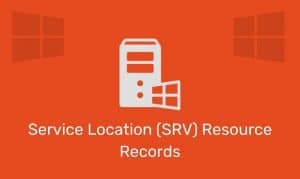There are some instances where you have a computer, such as a kiosk, where you do not want the user to be prompted to login when the computer is restarted. This article describes how to configure the Microsoft Windows Operating System to automate the logon process by storing your password and other pertinent information in the registry database.
This allows users to start the computer and to use the account that you define to automatically log on. Please note that enabling an automatic logon process such as this one can pose a security risk for your organization. The user using the auto-logon session will have the permissions and rights assigned to that defined user.
If you set a computer for automatic logon, anyone who can physically gain access to the computer can also gain access to everything that is on the computer, including any network or networks that the computer is connected to. Additionally, if you turn on automatic logon, the password is stored in the registry in plain text.
The specific registry key that stores this value is remotely readable by the Authenticated Users group. Therefore, only use this setting if the computer is physically secured and if you make sure that users who you do not trust cannot remotely see the registry.
You can use Registry Editor to add your logon information. To do this, follow these steps:
- Click Start, click Run, type
regedit, and then click OK. - Locate the following registry key:
HKEY_LOCAL_MACHINE\SOFTWARE\Microsoft\Windows NT\CurrentVersion\Winlogon - Using your account name and password, double-click the DefaultUserName entry, type your user name, and then click OK.
- Double-click the DefaultPassword entry, type your password under the value data box, and then click OK.
If there is no DefaultPassword value, create the value. To do this, follow these steps:
- In Registry Editor, click Edit, click New, and then click String Value.
- Type DefaultPassword as the value name, and then press ENTER.
- Double-click the newly created key, and then type your password in the Value Data box.
- If no DefaultPassword string is specified, Windows XP automatically changes the value of the AutoAdminLogon registry key from 1 (true) to 0 (false) to turn off the AutoAdminLogon feature.
- Double-click the AutoAdminLogon entry, type 1 in the Value Data box, and then click OK.
If there is no AutoAdminLogon entry, create the entry. To do this, follow these steps:
- In Registry Editor, click Edit, click New, and then click String Value.
- Type AutoAdminLogon as the value name, and then press ENTER.
- Double-click the newly created key, and then type 1 in the Value Data box.
- Quit Registry Editor.
Click Start, click Restart, and then click OK. After your computer restarts and Windows XP starts, you can log on automatically.











